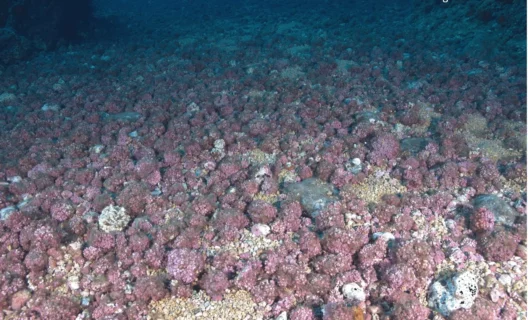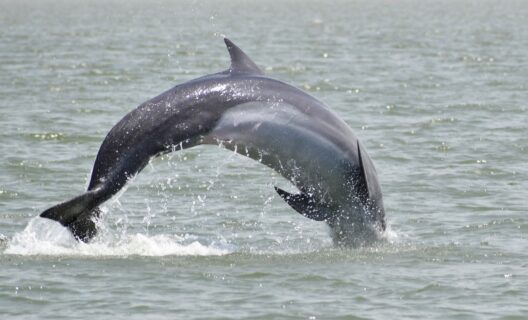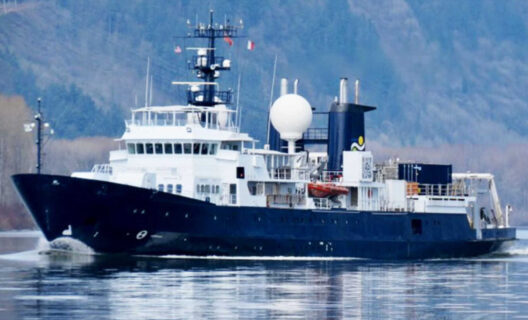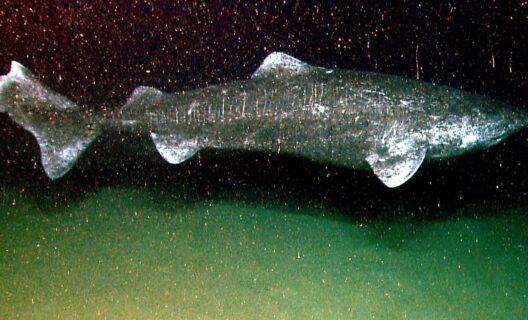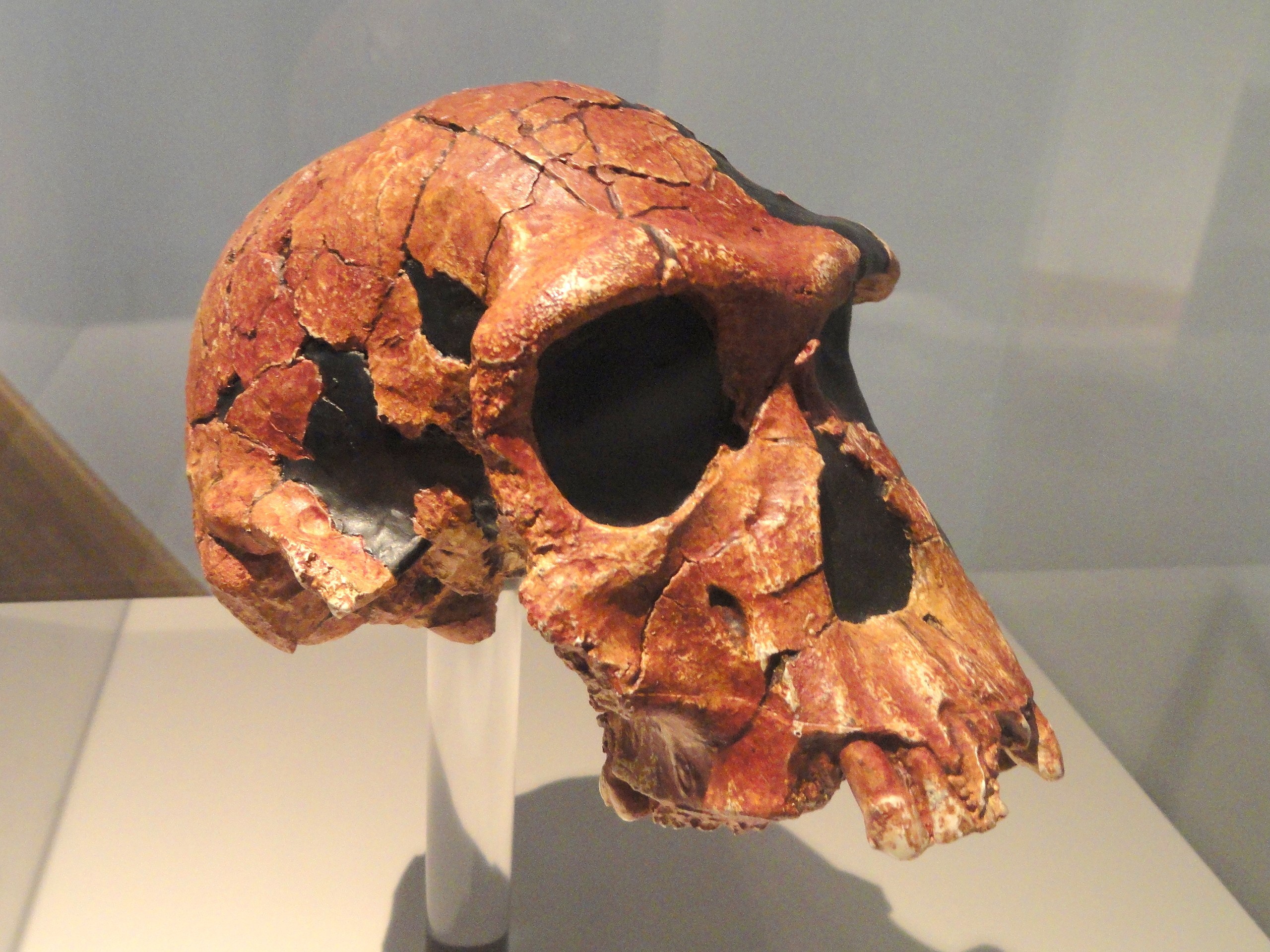

Reading time
0 min
Using mathematical models helps reconstruct the earliest history of our ancestors
A recent study published in Nature Reviews Earth & Environment, in which the University of Florence and the Federico II University of Naples participated, highlights, through the use of mathematical models, the role of climate change as a driving force in human evolution.
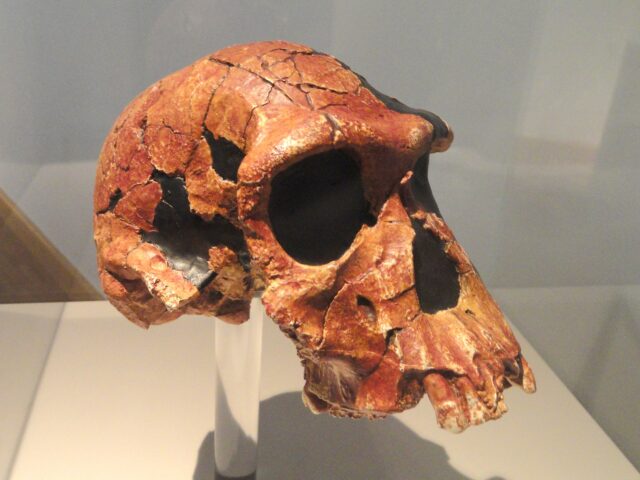
""
The models used
Three different mathematical models were used to understand the impact of climate change on human evolution. Those of species distribution, which link extinct or extant species with environmental variables, combined paleoclimatic and environmental data with fossil and archaeological datasets on the presence and absence of hominids.
Density-based models, commonly used to shape the dispersal and growth dynamics of a population, have analyzed rates of reproduction, mortality and human mobility. Finally, agent-based models have focused on how behavior, movement and interaction with the environment give rise to large-scale or long-term processes.
""
Drive for change
The picture that emerged returns valuable information for understanding the history of our ancestors.
Homo habilis e Homo ergaster, among the earliest members of the genus Homo, favored open environments such as savannas. Their limited ability to adapt to climatic and environmental conditions other than their native ones meant that they occupied a narrow ecological niche.
Homo erectus, about 2 million years ago, first pushed out of Africa, demonstrating greater dispersal ability than its predecessors. It adapted to temperate and tropical forests, but showed little tolerance for the colder conditions of extratropical environments. Its colonization of Europe may have been interrupted by abrupt climate change about 1.126 million years ago, suggesting that this species lacked the cultural tools to withstand the new cold conditions.
Homo heidelbergensis had to contend with increasingly intense glacial-interglacial cycles, and spread across Eurasia between 800,000 and 600,000 years ago. It managed to survive climatic variability by expanding its niche to include the boreal forests.
Closely related to the latter was Homo neanderthalensis who, in addition to temperate forests and grasslands, adapted during glacial periods to both the Mediterranean region and the colder climates of the tundra.
But it was Homo sapiens who developed an unprecedented ability to survive in a variety of environments, including the most extreme such as deserts and tundra. Scientists believe that the ability to adapt to new climatic conditions and colonize new environments played a crucial role in the extinction of some human species and the emergence of others, including our own.
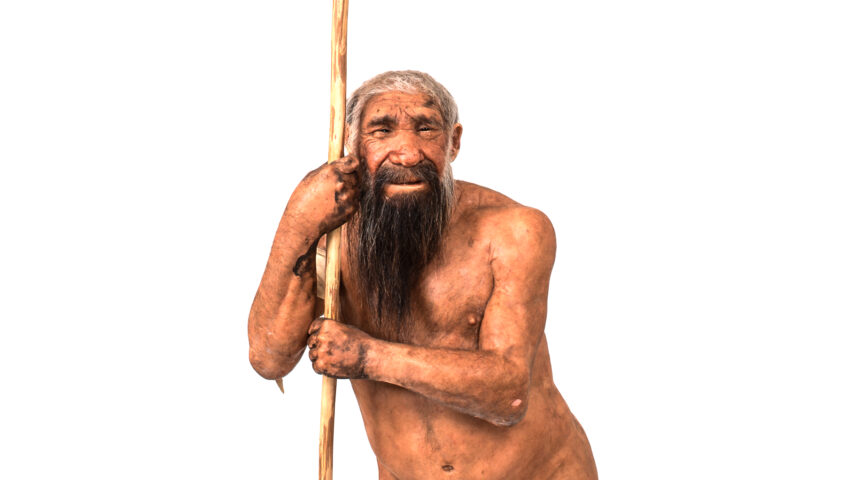
""
The increase in cognitive skills
Cultural adaptation was the key to human evolution. Innovations such as fire control, the use of clothing, the development of greater social relationships and the invention of more sophisticated hunting tools enabled hominids to cope with the challenges posed by climate change and expand their ecological niches.
""
Mathematical models in the service of paleontology
The use of mathematical models that integrate paleoclimatic, archaeological and demographic data, researchers say, is strategic for understanding the impact of climate change on human evolution. Resorting to them allows them to fill data gaps (fossil and archaeological records offer only a partial and often random view of the past), creating a more continuous and reliable representation of past environments and hominid population dynamics. They also make it possible to simulate different evolutionary scenarios, modifying environmental variables and demographic parameters to test specific hypotheses about the influence of climate on the dispersal, adaptation and extinction of human species. They then make it possible to quantify the impact of specific environmental variables, such as temperature, precipitation or plant productivity, on hominid population dynamics-an approach that helps to more accurately establish cause-and-effect relationships between climate change and human evolution.
Such models, the study argues, can also be used to simulate future scenarios, exploring the impact of ongoing climate change on human populations. This type of predictive analysis can provide valuable information for developing strategies to adapt to and mitigate the adverse effects of climate change.
The journey goes on
Every story paves the way for the next: discover where biodiversity takes you


